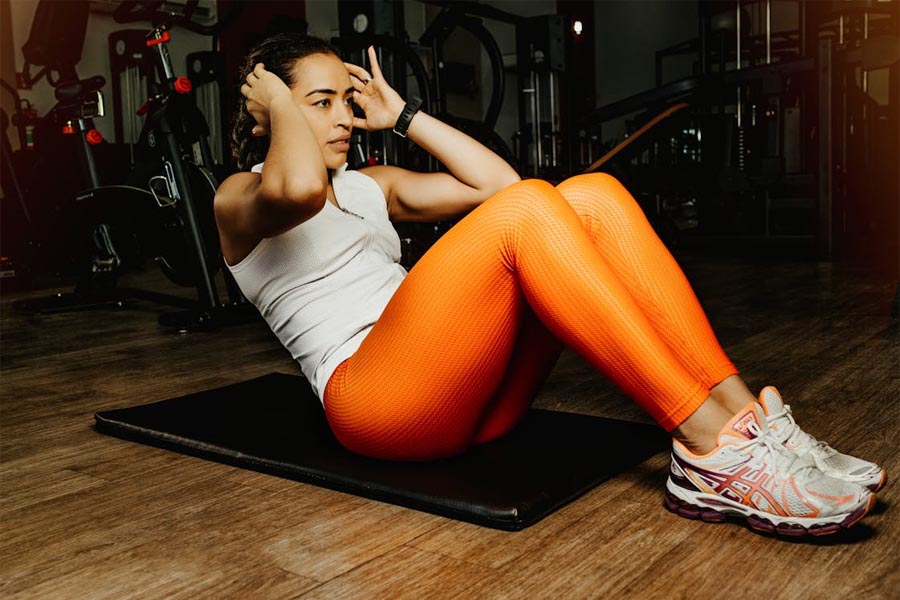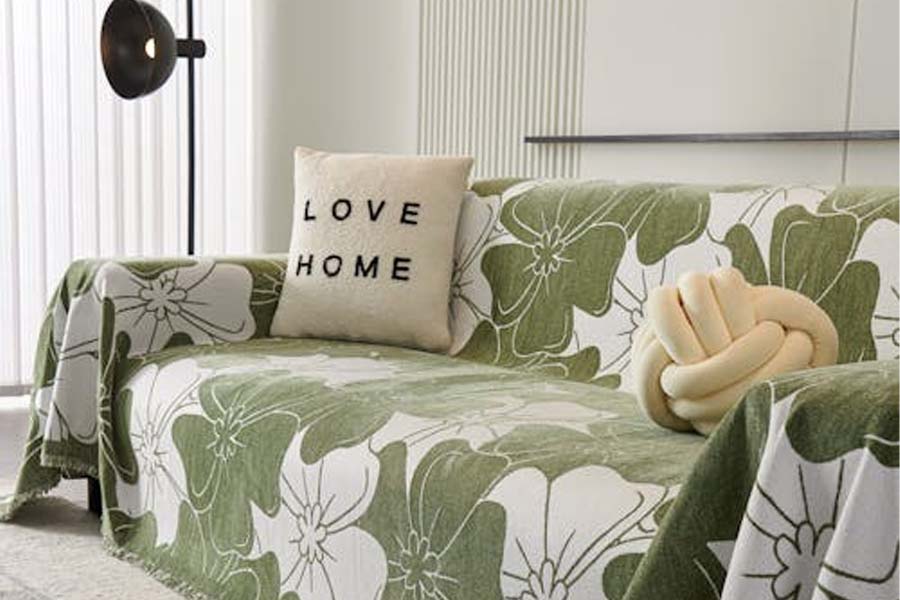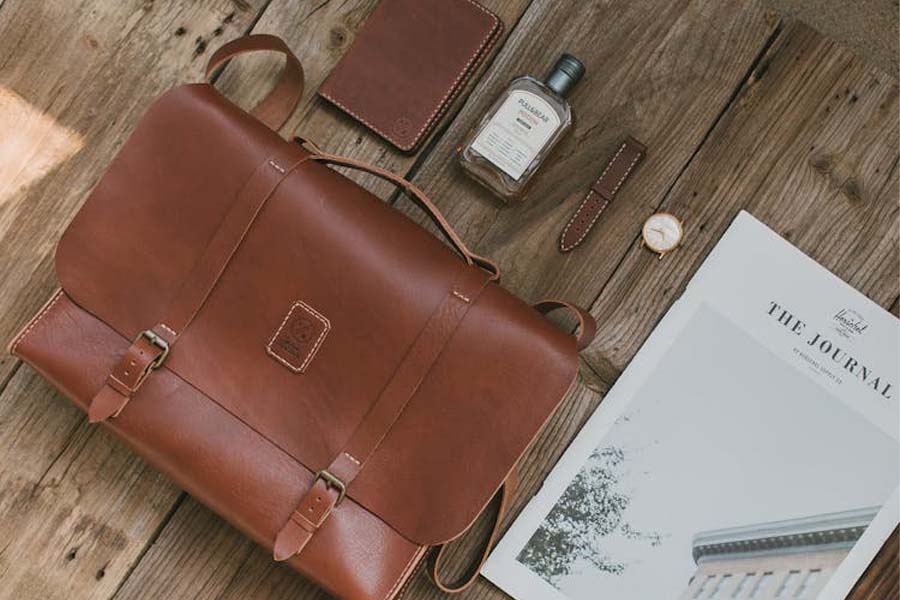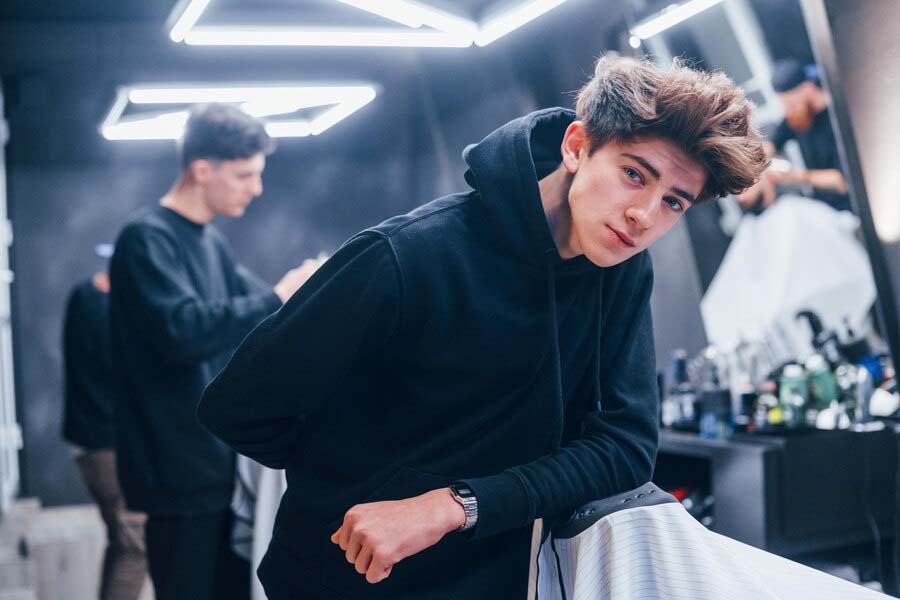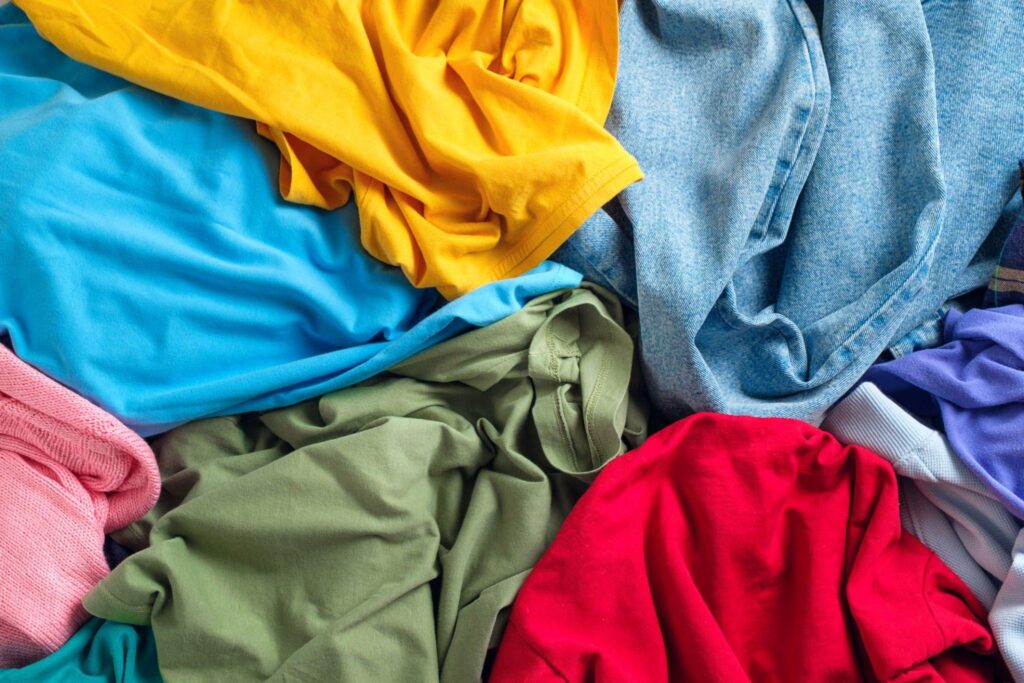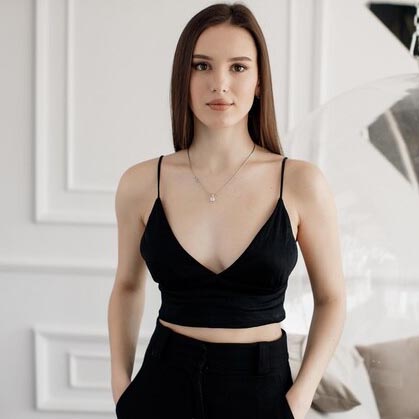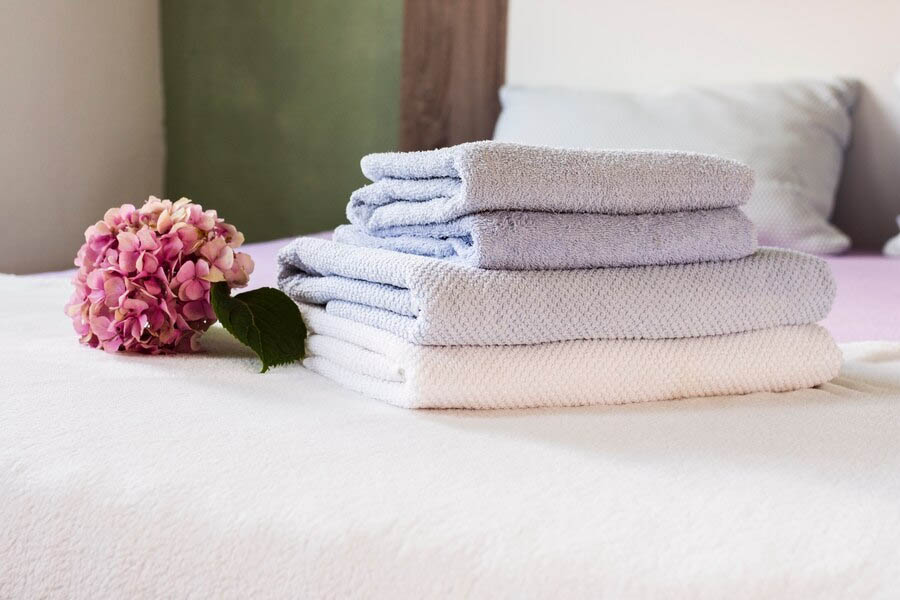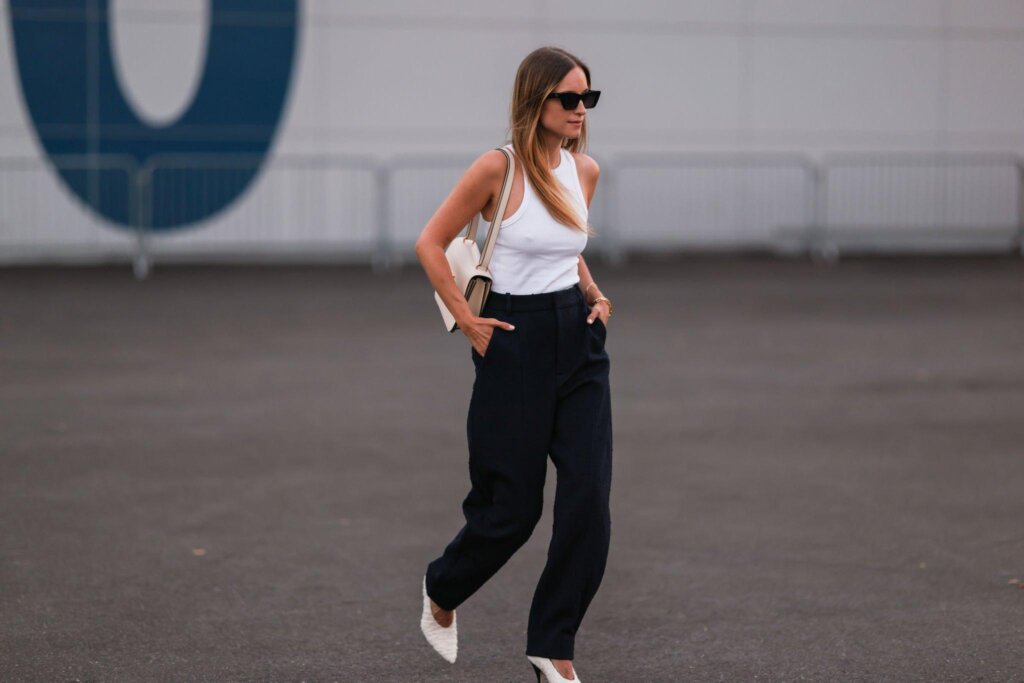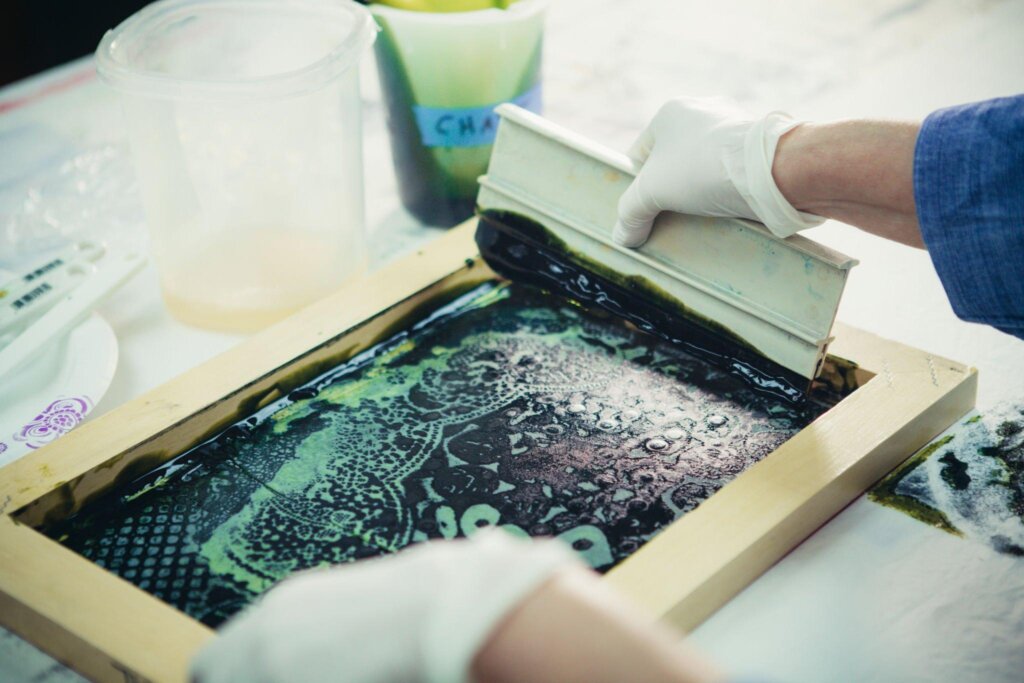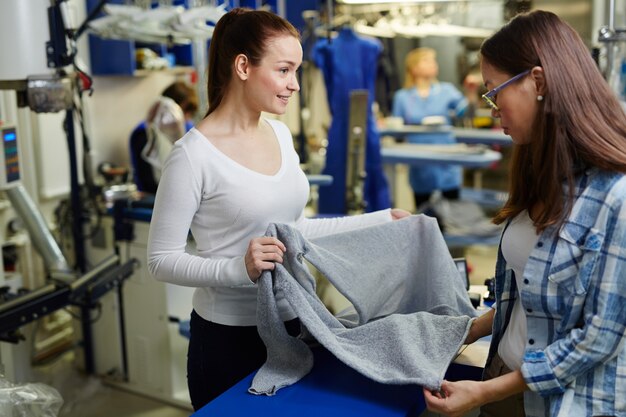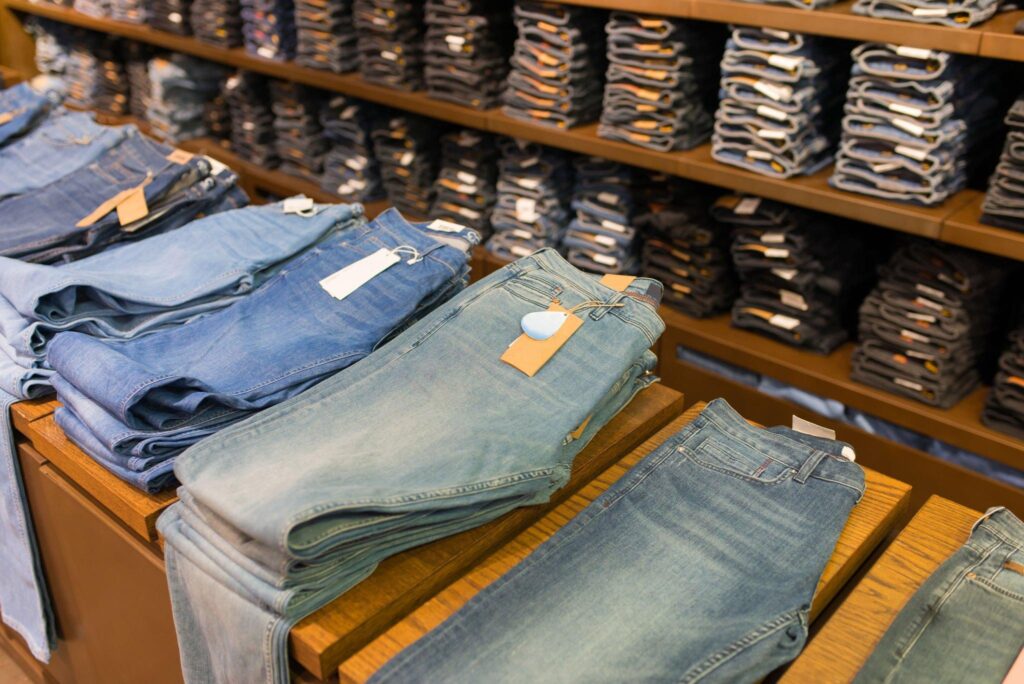Viscose rayon combines the luxurious drape of silk with exceptional color retention, making it a cornerstone of modern textile manufacturing. As a semi-synthetic fiber derived from regenerated cellulose, its unique properties stem from the viscous spinning solution used in production. At Ludyway, we leverage this versatile material across our custom apparel lines, balancing cost-efficiency with high-performance characteristics for global brands.
Technical Characteristics Of Viscose Fabric
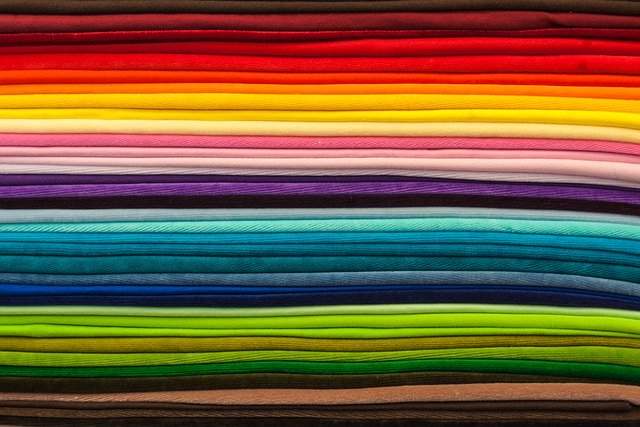
Viscose’s cellulosic base delivers performance attributes surpassing many natural fibers. Our textile engineers prioritize these scientifically validated properties:
- Moisture management: Absorbs 50% more water than cotton (ISO 9073-6:2003 standard)
- Breathability: Air permeability of 350-400 mm/s (ASTM D737 testing)
- Dye affinity: Achieves 98% color yield with reactive dyes
- Hypoallergenic: pH-balanced surface prevents skin irritation
- Thermal stability: Withstands ironing at 150-180°C (302-356°F)
- Biodegradability: Decomposes within 6 weeks in soil (OECD 301B)
While offering moderate dry strength (2.4-3.1 g/denier), viscose requires careful engineering to overcome pilling tendencies and wet strength reduction. Ludyway’s proprietary blending techniques enhance durability without compromising drape.
Advanced Viscose Production Methodology
- Controlled Ageing Process
Wood pulp (typically FSC-certified beech or eucalyptus) undergoes steeping in 18-20% NaOH solution for 60-90 minutes. The shredded pulp then ages for 30-50 hours at 25°C (77°F), with viscosity monitored hourly to achieve optimal 40-50 Poise levels.
- Viscose Formation Stage
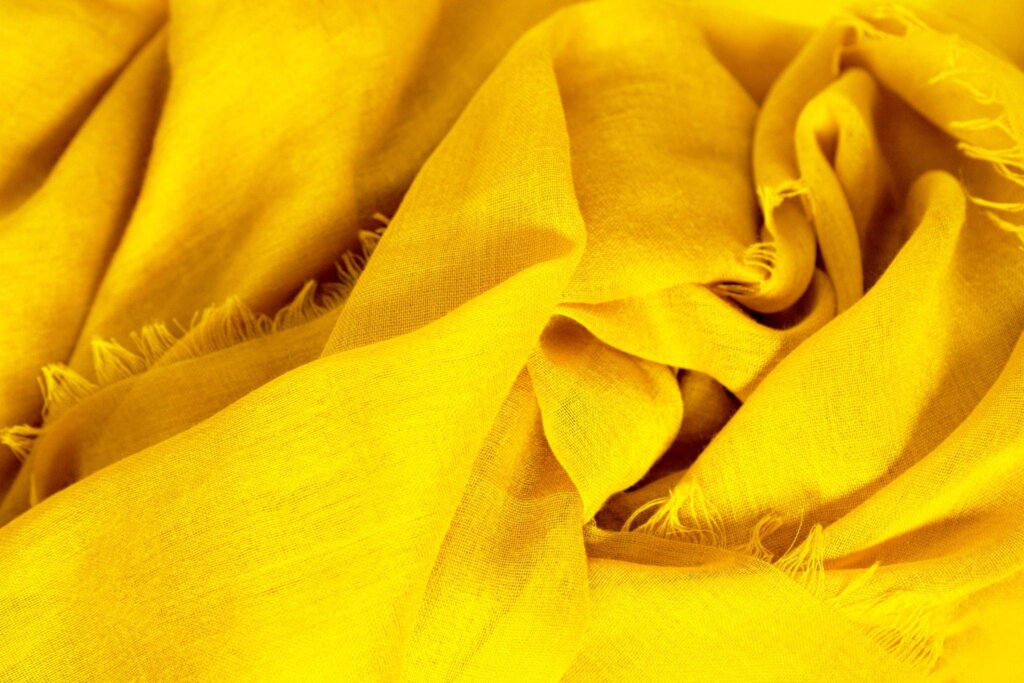
Aged alkali cellulose reacts with CS₂ to form cellulose xanthate (orange crumbs). Dissolved in dilute NaOH, this forms spinning dope with 7-9% cellulose content. Ludyway incorporates zinc ions (0.5-1.2%) to delay regeneration for superior fiber orientation.
- Precision Regeneration
Spinnerets with 15-40μm orifices extrude filaments into H₂SO₃/Na₂SO₄/ZnSO₄ baths (pH 1.0-1.5). The three-stage regeneration process:
- Coagulation (0.2-0.5 seconds)
- Skin formation (2-4 seconds)
- Core regeneration (8-12 seconds)
Engineered Viscose Fiber Variants
Modern advancements have developed specialized viscose types with enhanced functionality:
- High-Wet-Modulus (HWM) Rayon
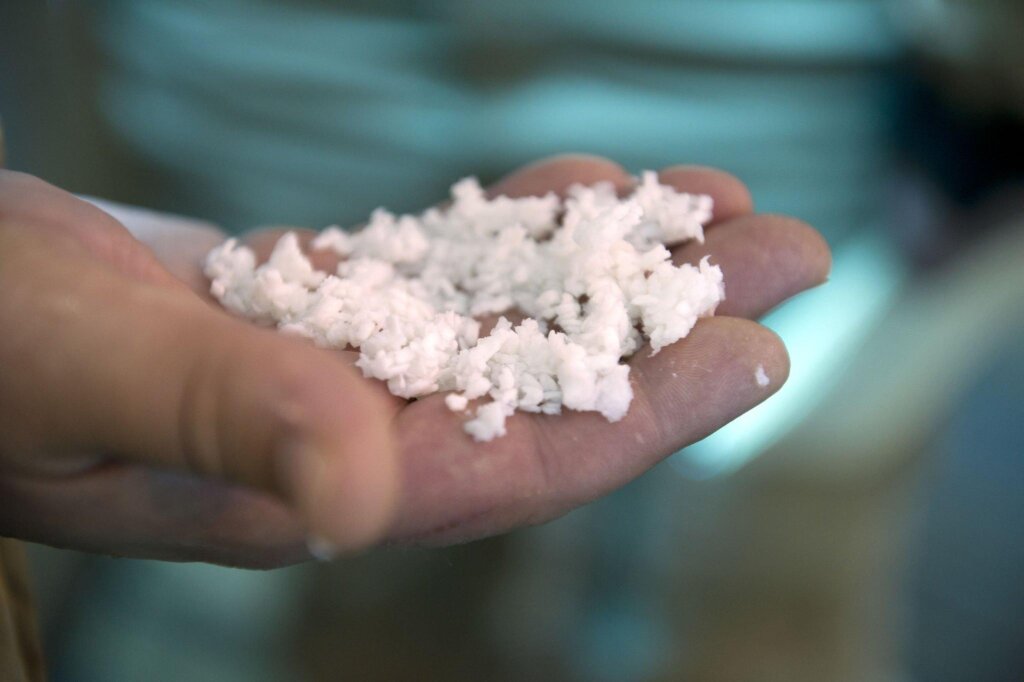
Features 85% wet strength retention through modified coagulation chemistry. Ideal for Ludyway’s performance underwear requiring frequent washing.
- Lyocell (Closed-Loop Viscose)
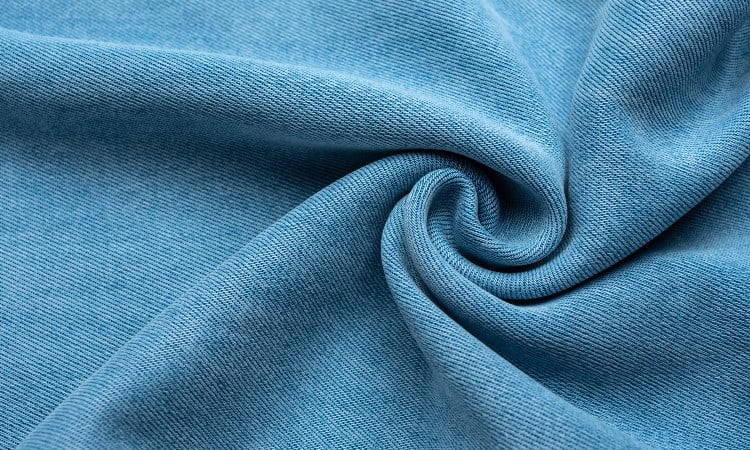
Uses NMMO solvent with 99.7% recovery rate. Offers 40% higher dry tenacity than conventional viscose. Ludyway employs this for premium luxury lingerie collections.
- Modal Fiber Innovations
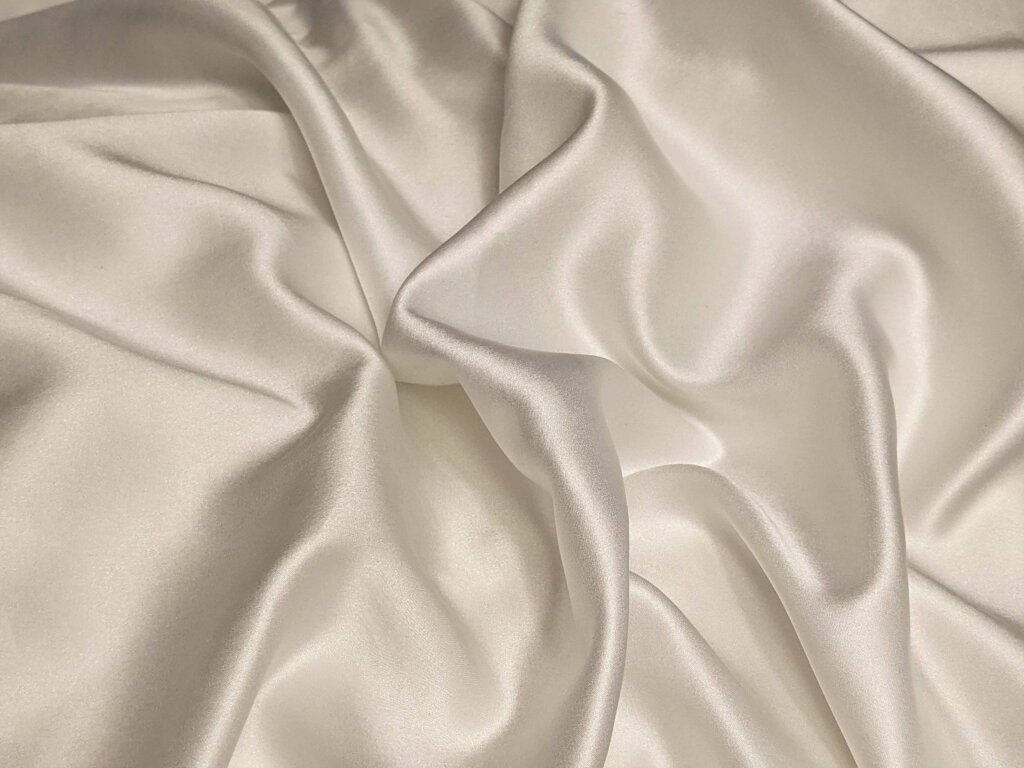
Beechwood-based modal exhibits 1.5x greater pilling resistance (Martindale 20,000+ cycles). With 15% higher moisture regain, it’s perfect for hotel towel lines requiring rapid drying.
- Viscose Carbon Fiber Precursors
Specialized high-tenacity rayon (9-11 g/denier) serves as carbon fiber feedstock. Heat treatment at 1000-3000°C creates aerospace-grade composites.
Critical Engineering Parameters
- Polymerization Control
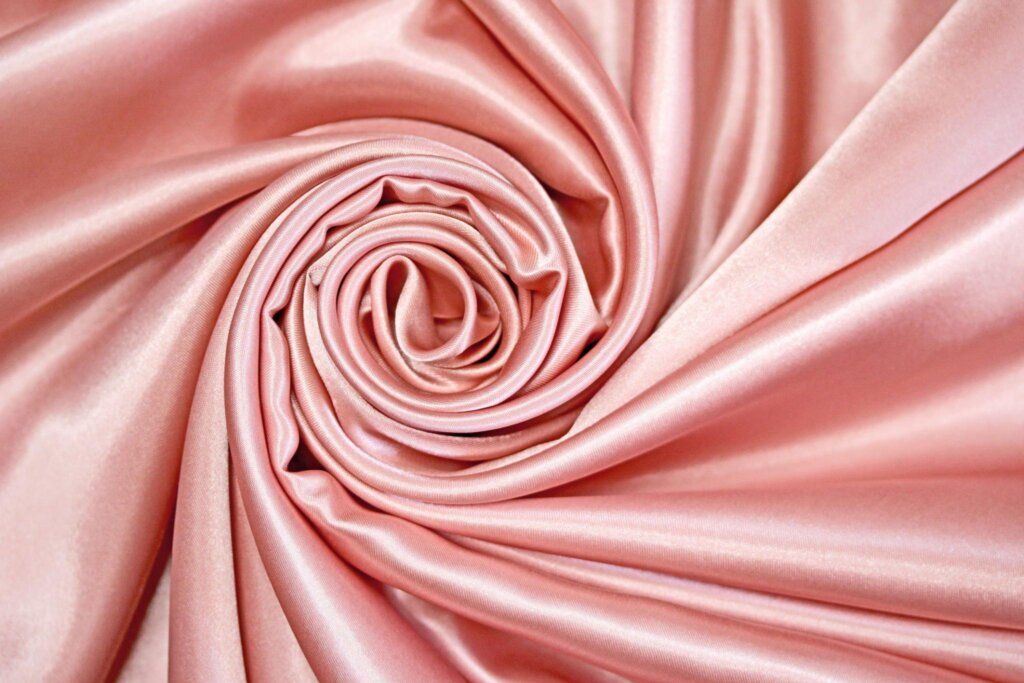
Optimal DP range of 300-350 balances strength and spinnability. Ludyway’s R&D lab uses gel permeation chromatography to maintain DP consistency within ±5 units.
- Semi-Continuous Processing
Modern plants integrate:
- Automated dope filtration (5-25μm filters)
- Precision bath concentration control (±0.2%)
- Online diameter monitoring (CV ≤ 3.5%)
Technical Applications In Modern Textiles
Viscose’s evolution from decorative trim to technical textile reflects its engineered versatility:
- Medical Textiles
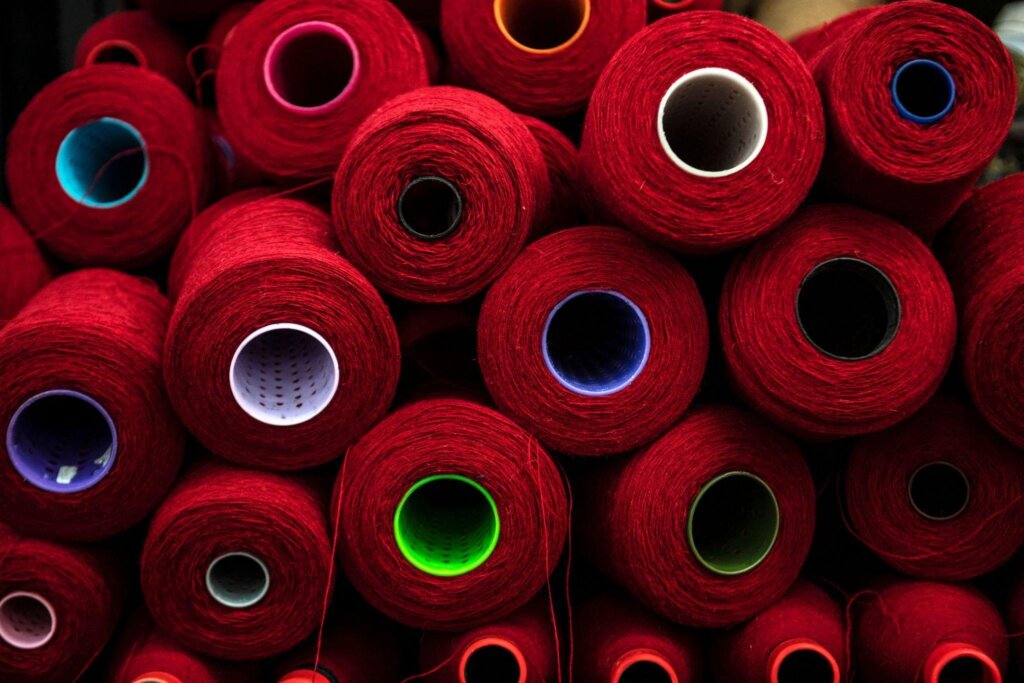
Hydroentangled nonwovens (40-60 gsm) provide:
- Conformable wound contact layers
- Hemostatic properties
- Biodegradable sutures
- Performance Apparel
Viscose-polyester blends (65/35 ratio) deliver optimal moisture management for Ludyway’s athletic wear:
- Wetting time: < 1 second (AATCC 79)
- Moisture vapor transmission: 4500 g/m²/24h
- Industrial Reinforcement
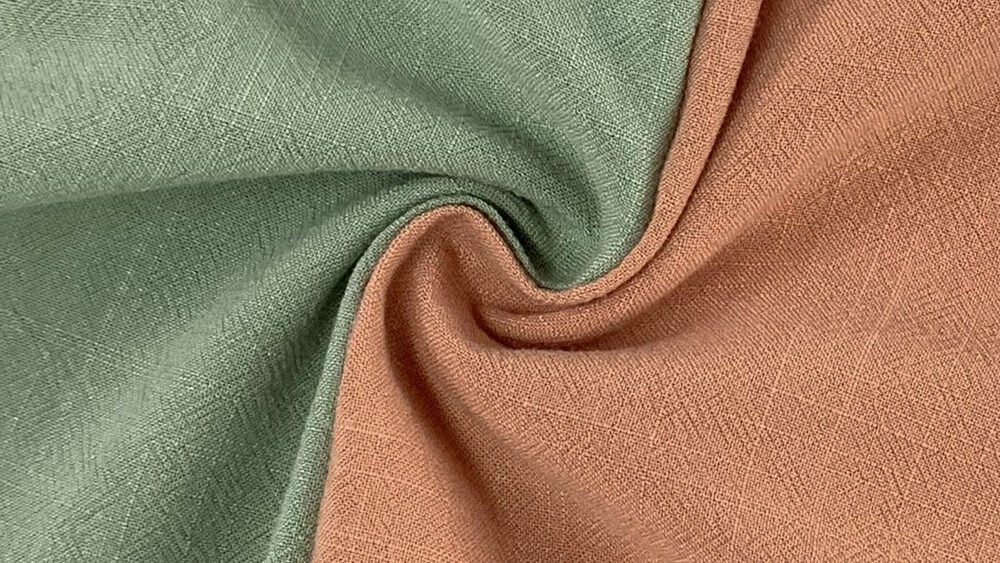
High-tenacity rayon (8.5 g/denier) provides:
- Tire belt adhesion strength: 35-40 N/mm
- Dimensional stability at 150°C
Overcoming Technical Limitations
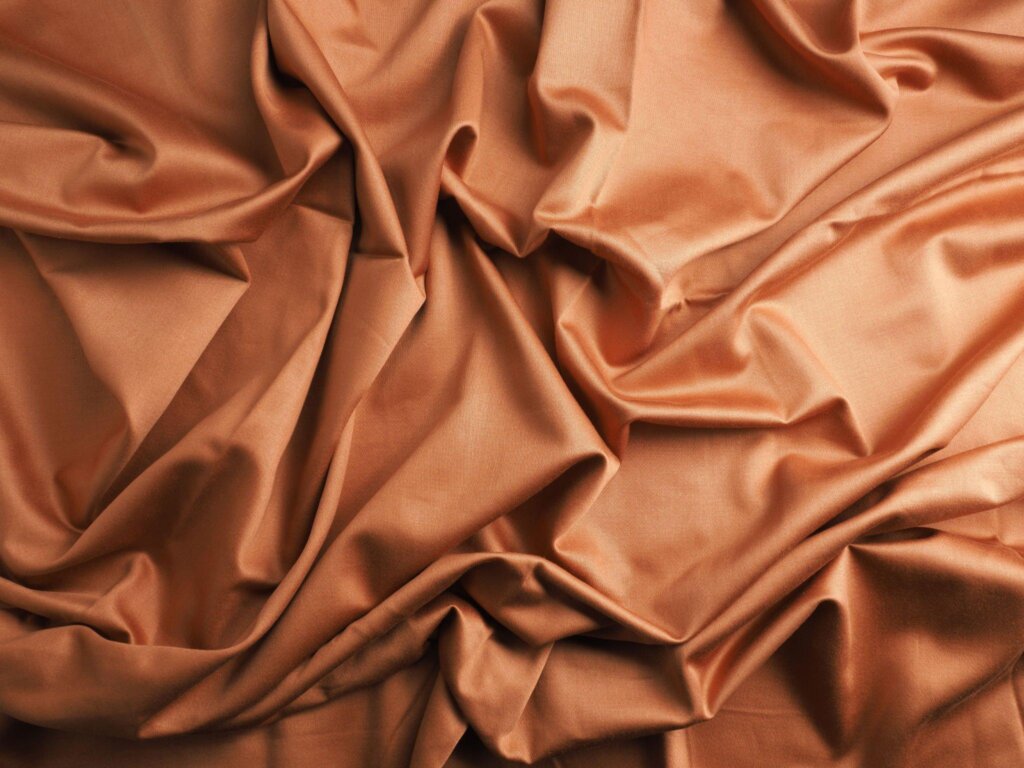
Ludyway addresses key challenges through advanced engineering:
| Limitation | Engineering Solution | Performance Gain |
|---|---|---|
| Wet strength loss | Crosslinking with DMDHEU | 75-80% strength retention |
| Pilling tendency | Plasma surface modification | ISO 12945-2: pilling grade 4-5 |
| Shrinkage control | Compressive shrinkage finishing | < 2% dimensional change |
Sustainability And Circularity
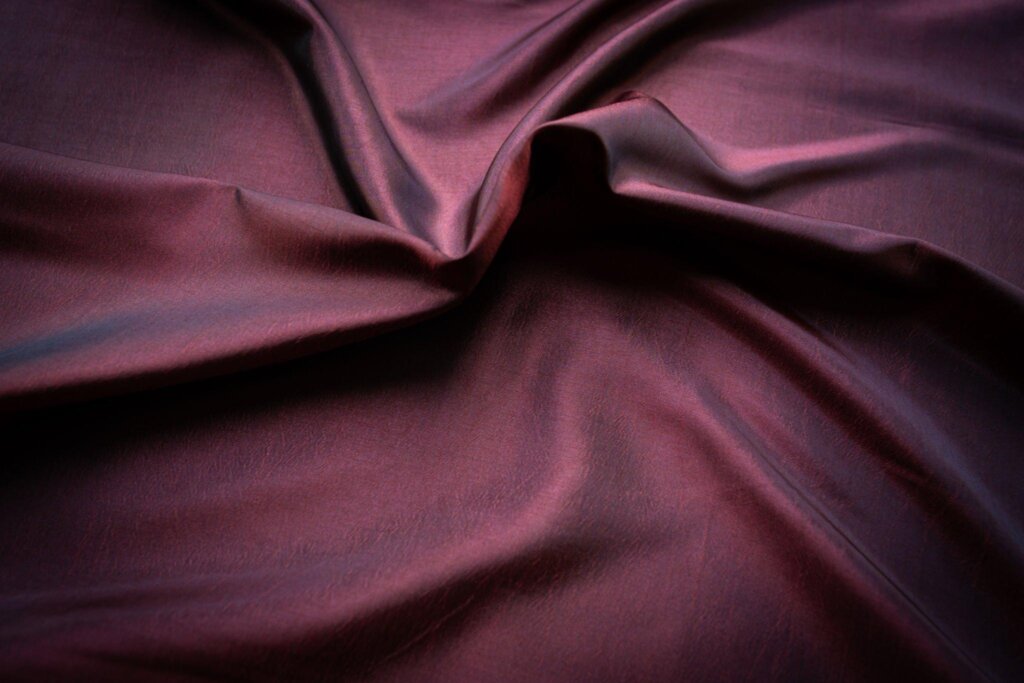
Ludyway implements closed-loop systems for viscose production:
- CS₂ recovery: 85-90% via condensation
- Wastewater recycling: 95% through reverse osmosis
- Mechanical recycling: Fiber-to-fiber regeneration
Our eco-manufacturing protocols reduce water consumption by 40% compared to conventional viscose production.
Viscose Versus Synthetic Alternatives
Technical comparison with polyester:
- Moisture absorption: Viscose 13% vs Polyester 0.4%
- Static generation: Viscose 0.5kV vs Polyester 15kV
- Biodegradation: Viscose 42 days vs Polyester 200+ years
As a global leader in textile innovation, Ludyway continues to advance viscose technology for sustainable apparel solutions that meet rigorous international standards while delivering uncompromising quality.


